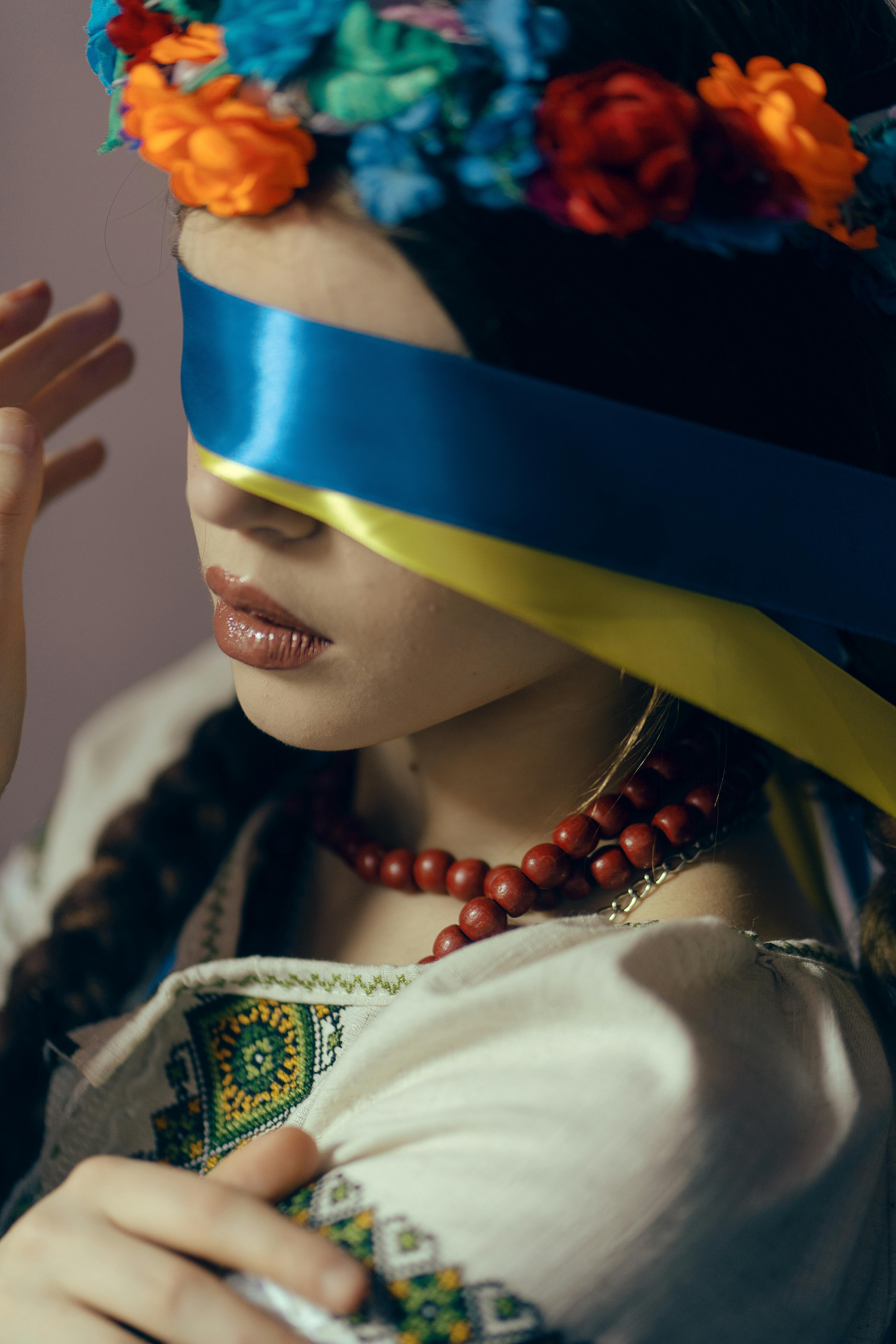Indian Ceremony Beliefs
When it comes to indian ceremony cultures, there’s so much that happens, and it often starts long before the great evening. Before the wedding walks down the aisle https://conflictandhealth.biomedcentral.com/articles/10.1186/s13031-020-00305-w, the wedding is welcomed by his soon- to- become in- legislation and friends with a march known as the baraat. The groom is escorted by his friends or on the rear of an elephant to the ceremony webpage( past) where his coming mommy- in- legislation will wash his feet, sprinkle him with vermillion and give milk and honey. She may even attempt to steal his trainers, which he will have to pay for if she succeeds. The wedding is therefore adorned with blooms for luck and prosperity and he wears an beautiful sherwani.

In front of the drawing is a spiritual fire that represents Agni, the Hindu heaven of life. The bride and groom will stroll around the hearth up four or seven times– these are called pheras. During this ceremony, the couple is blessed for meal, prosperity, pleasure, children, and tranquility as well as their dedication to each other.
After the pheras, it’s time to married! The kanyadaan, also known as roka, saga or sakharpudra, is when the princess’s parents gives her away to the groom. The couple then swap jewelry and the priest repeat a chorus that absolves them of their debts to their parents and relatives and invites them into their families. Then the groom places the Mangalsutra around the neck of his wife and they take seven steps forward, each representing one of the following: dharma ( morality ), dil mil artha ( wealth ), kama ( personal gratification ), moksha ( spirituality ). They are then formally married!
